When it comes to understanding the complex reasons why some students are chronically absent, "every absence has its own story," said Todd Rogers, a behavioral scientist at Harvard University.
He spoke about the problem of chronic absenteeism, when children miss at least 10% of the school year, in an interview with the Harvard Graduate School of Education's Harvard EdCast publication in 2019.
Even before the pandemic hit, and student absences surged across the country, the state and in San Mateo County, Rogers was fascinated with the topic of chronic absences and sought to find ways to improve student attendance. This is because he knows that missing school has dramatic impacts on students in the long term.
Schools in the Ravenswood area report strikingly high rates of chronically absent students, which are out of line with neighboring, wealthier schools, and higher than state averages. The first part of The Almanac's investigation into chronic absenteeism, when students miss 10% or more of class in a school year, explores its causes and consequences. The second story focuses on how struggles with mental health have affected student attendance.
Rogers partnered with University of California at Berkeley public policy researcher Avi Feller to conduct a study among K-5 students across 10 San Mateo County school districts during the 2015-16 school year.
Rogers connected with San Mateo County Superintendent of Schools Nancy Magee through Hedy Chang of the research group Attendance Works in 2014. Magee found his research interesting.
"I met with Todd and we hit it off," Magee said in an email. "On behalf of The Big Lift we launched into a very large, countywide attendance research project called Attendance Matters that concluded in late 2016 with an 8% reduction in absences and a 15% reduction in chronic absences countywide," she said, referring to the county's Big Lift initiative to increase the percentage of students reading proficiently by third grade.
The result was the 2018 paper, "Reducing Student Absenteeism in the Early Grades by Targeting Parental Beliefs." Researchers found parents tend to mistakenly underestimate how many days their children miss by a factor of two. Parents also assumed the absences would have a short-term impact, like missing a lesson or failing a test, as opposed to long term consequences, like being held back a grade or failing a class.
Researchers sent mailers to families that emphasize the value of regular school attendance in the early grades and report how many days their child has been absent.
"This light-touch, low-cost intervention should not replace more intensive attendance-focused efforts, such as attendance officers, social workers, and mentors," they wrote. "We acknowledge that many factors contributing to poor attendance, such as poverty and family instability, cannot be solved by a mail-based intervention."
Unless schools put resources into digging into the details of a family's life and help to address the structural challenges that families face, more general interventions that increase motivation to get the kid to school are effective and cheaper, Rogers told Harvard EdCast.
Research inspires chronic absenteeism startup
Wanting to put his research to work, Rogers co-founded Everyday Labs, which addresses chronic absenteeism in schools.
The startup served all grade levels in the Ravenswood City School District during the 2021-22 school year through San Mateo County's Big Lift.
The company provided a platform that allowed Ravenswood officials to look at attendance data and figure out how to get those students back to class. The tool shows which days of the week a student is missing or the reason why the student missed class. It also sent text messages to families with information on their students' attendance as well as connections to a chatbot with resources.
The district declined to allow EveryDay Labs to release data on the reasons for absences with The Almanac.
Ravenswood Superintendent Gina Sudaria said the district is now using its own platform, Panorama, which is similar to EveryDay Labs' system.
Ravenswood still uses EveryDay Labs' letters to families, which compare a student's attendance to the average number of absences in a class. It also lists resources such as contact information for the school's counselor and tips suggesting things like packing lunch the night before.
EveryDay Labs CEO Emily Bailard said overall this past school year, about 60-70% of its California students who receive an EveryDay Labs intervention improve their attendance rate. Some 20% improve their attendance enough that they're no longer considered chronically absent.
During the 2021-22 school year, about 10-15% of California families that received interventions through EveryDay Labs texted the company's family support bot or team. When the chatbot asks questions about barriers to getting to school, the top three reasons were physical and mental health issues, followed by food and housing insecurity, Bailard said. Transportation was a distant fourth.
In the 2022-23 school year, there was a big increase in questions related to mental health and fewer about physical health, Bailard said.
COVID-19 questions made up fewer than 3% of overall questions, while wellness made up 15%, she said.
Ravenswood making systemic changes
Jennifer Gravem, executive director of educational services with Ravenswood City School District, told its school board in March that she's excited that the district is changing the way it conducts its school attendance reviews with parents. In late May, the district hosted its first resource fair instead of its usual one-on-one meetings with parents about absences.
"I started dreading those meetings and I said to myself, 'Why am I doing this in a punitive way?'" she said.
At the fair, Gravem talked to families about the impact of missing school. Children who are chronically absent in preschool, kindergarten and first grade are much less likely to read at grade level by the third grade, according to U.S. Department of Education data. Students who cannot read at grade level by the end of third grade are four times more likely than proficient readers to drop out of high school, according to the Department of Education.
She also shared services like mental health providers that can help combat absenteeism. Staff provided forms for people to report if they are struggling with housing or food insecurity and want to be connected with a parent outreach coordinator.
Alex, who works in the Ravenswood district but asked to not be named, said that she thinks the district could do more to address chronic absenteeism. She said in the past, parents missed district calls regarding their child's attendance because they were made during the workday. A newer texting service is helping improve the communication between both sides, she said.
"There's not much support given (to families) other than reaching out to the parents," she said.
Ravenswood Superintendent Sudaria said that "school districts have been asked to lift so much more in society than they traditionally have. We are always working to do more to support children and families." The district does try to call families at a variety of times and does home visits in extreme cases when it can't reach a family, she said.
Alex said that adjusting the bus routes could help students who need to be driven to their bus stop because they don't live close by.
The school district already has a number of measures in place to help students get to school. Sudaria said there are ample bus stops over 25 across the district to ensure that each student lives within walking distance, she said. The district provides free bus service and is constantly re-aligning bus stops to meet the needs of students, she said. The district declined to share a map of bus stops with The Almanac, citing student privacy.
This past year the district also provided free SamTrans passes to all middle school students and coordinated with the county transit service to add options to students who miss the bus.
SamTrans launched a new microtransit service in June in Menlo Park's Belle Haven neighborhood and East Palo Alto that allows riders to book a ride through the Ride Plus app or through a phone call, and is priced the same as a bus ticket.
For the 2023-24 school year, the district is partnering with the nonprofit City Year to provide a before-school program to make it easier for parents to drop their students off earlier. This, coupled with its longstanding after-school program, will help the district work toward its goal of being open from 7:30 a.m. to 6 p.m, Sudaria said.
The state has recently enacted legislation that promotes the importance of occasional mental health days to reduce longer-term absences.
State legislation that passed in 2021 ensures that absences for mental health issues are considered excused. Another 2021 law requires local educational agencies and charter schools to include mental health content in their middle and high school health education courses. The California Department of Education must also develop a plan to expand mental health instruction in public schools by January 2024.
In May, Menlo Park nonprofits Community Equity Collaborative (CEC) and SafeSpace put together resources on mental health days. CEC advises students to take occasional mental health days when they feel burned out, don't have enough energy, or won't be able to mentally handle the school day. CEC notes that these days are not for avoiding issues that can be addressed at school or catching up on schoolwork.
CEC member Heather Hopkins said that many people don't know about the change in law.
"It seems like kind of a bad time to be promoting it, but on the other hand there is a major health crisis (involving mental health)," she explained.
More health resources could be coming to community members soon. The Ravenswood district is exploring the option of adding a health clinic on a corner of the Belle Haven Elementary School in Menlo Park, which is undergoing renovations.
The district found 51% of those surveyed supported putting a health clinic there. In early June, the school board decided to pursue a partnership with the Ravenswood Family Health Network to develop the site.
What's helping schools improve attendance
Student attendance has improved this past school year at East Palo Alto Academy (EPAA), a charter high school that Stanford University started in 2001 to help students of color become first-generation college students in the U.S., said EPAA Principal Amika Guillaume.
She said that during the pandemic the school's average daily attendance numbers were "shockingly low." In March, the school saw numbers inch back up to 84% to 87%, but they're not quite hitting the 90th percentile pre-pandemic numbers, she said.
Guillaume credits EPAA's advisory classes of 17 to 19 students, which meet every weekday afternoon for two years, with creating a familial environment.
She said the school is also flexible with students struggling to get to class, like onboarding them back with a partial schedule.
"We ask: 'How do we help them get through this?'" Guillaume said.
About this story: This is the third of three stories in a series exploring why chronic absenteeism has spiked in East Palo Alto and Menlo Park's Belle Haven neighborhood. The series was produced as a project for the USC Annenberg Center for Health Journalism's 2023 California Health Equity Fellowship with the support of EdSource editor Dympna Ugwu-Oju. Upward Scholars' Brenda Graciano translated the report into Spanish. Embarcadero Media Visual Journalist Magali Gauthier translated the photo captions.
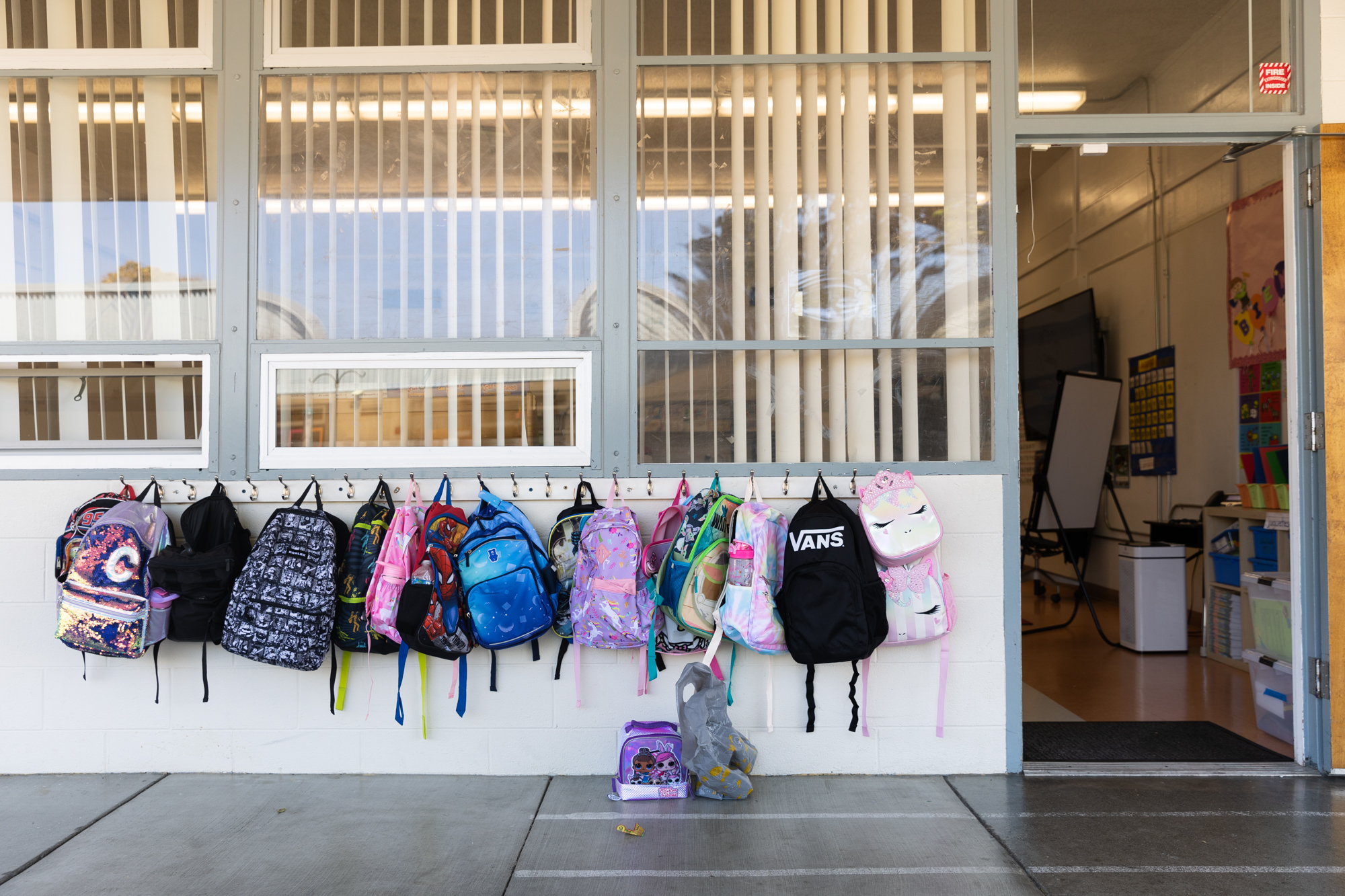

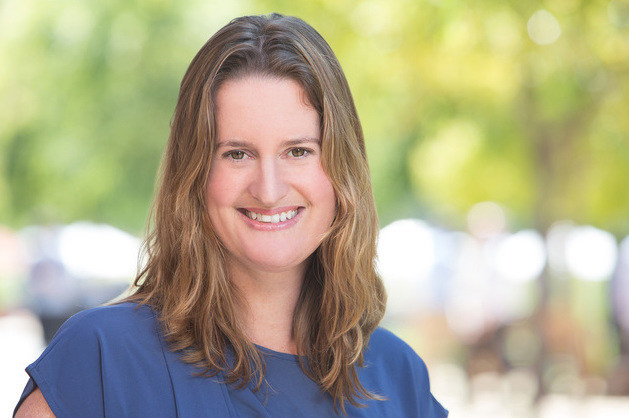
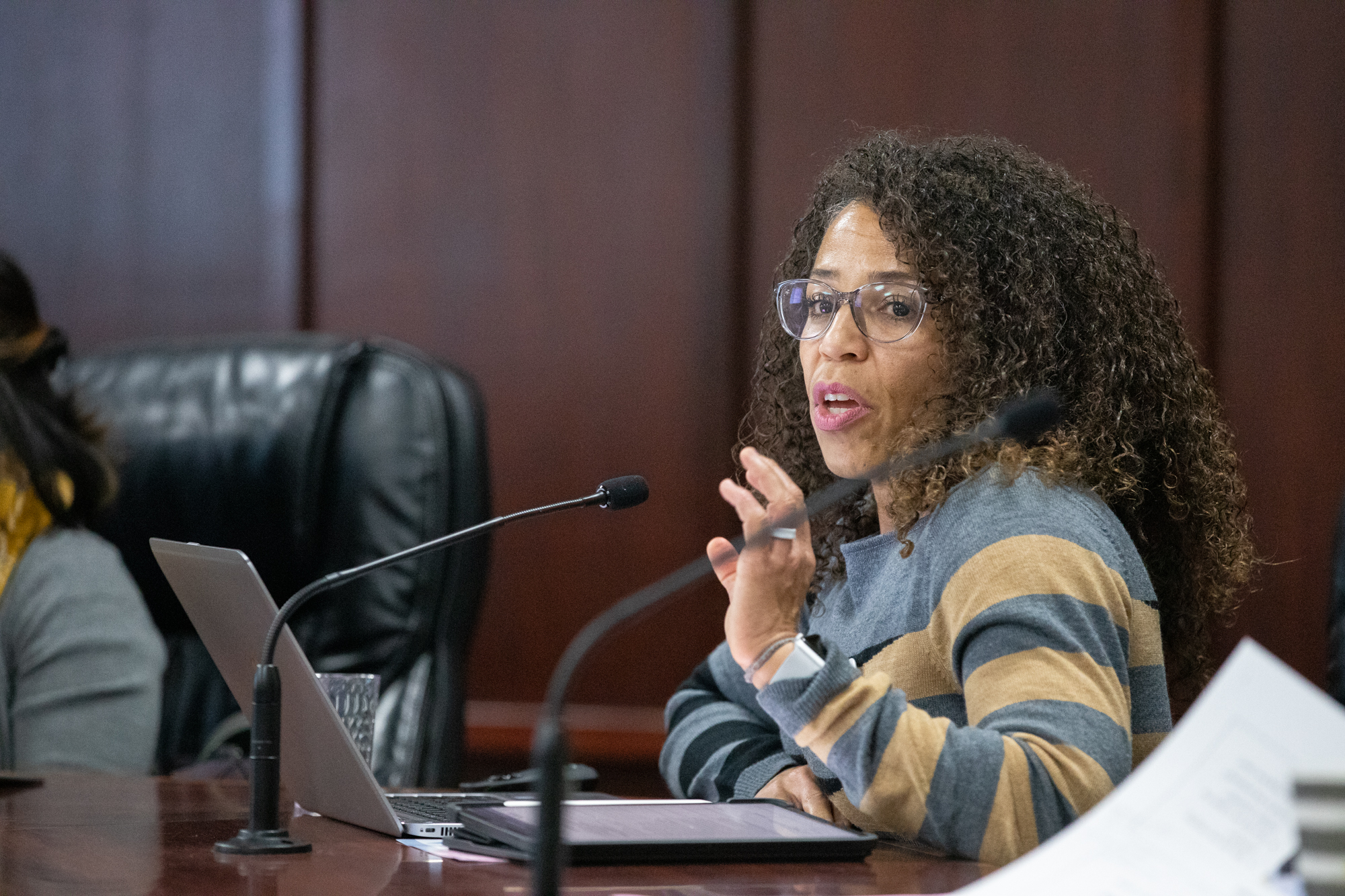
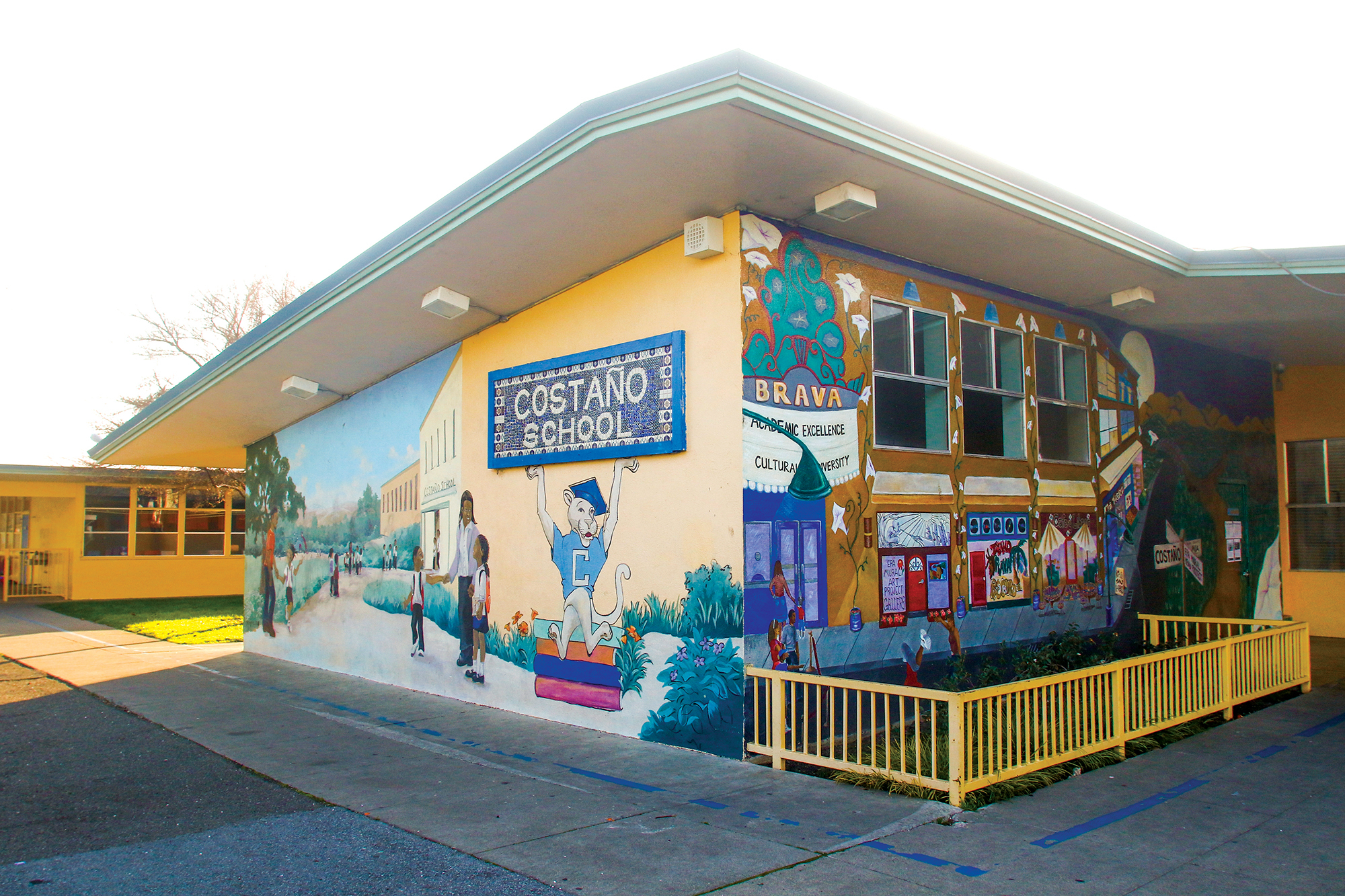
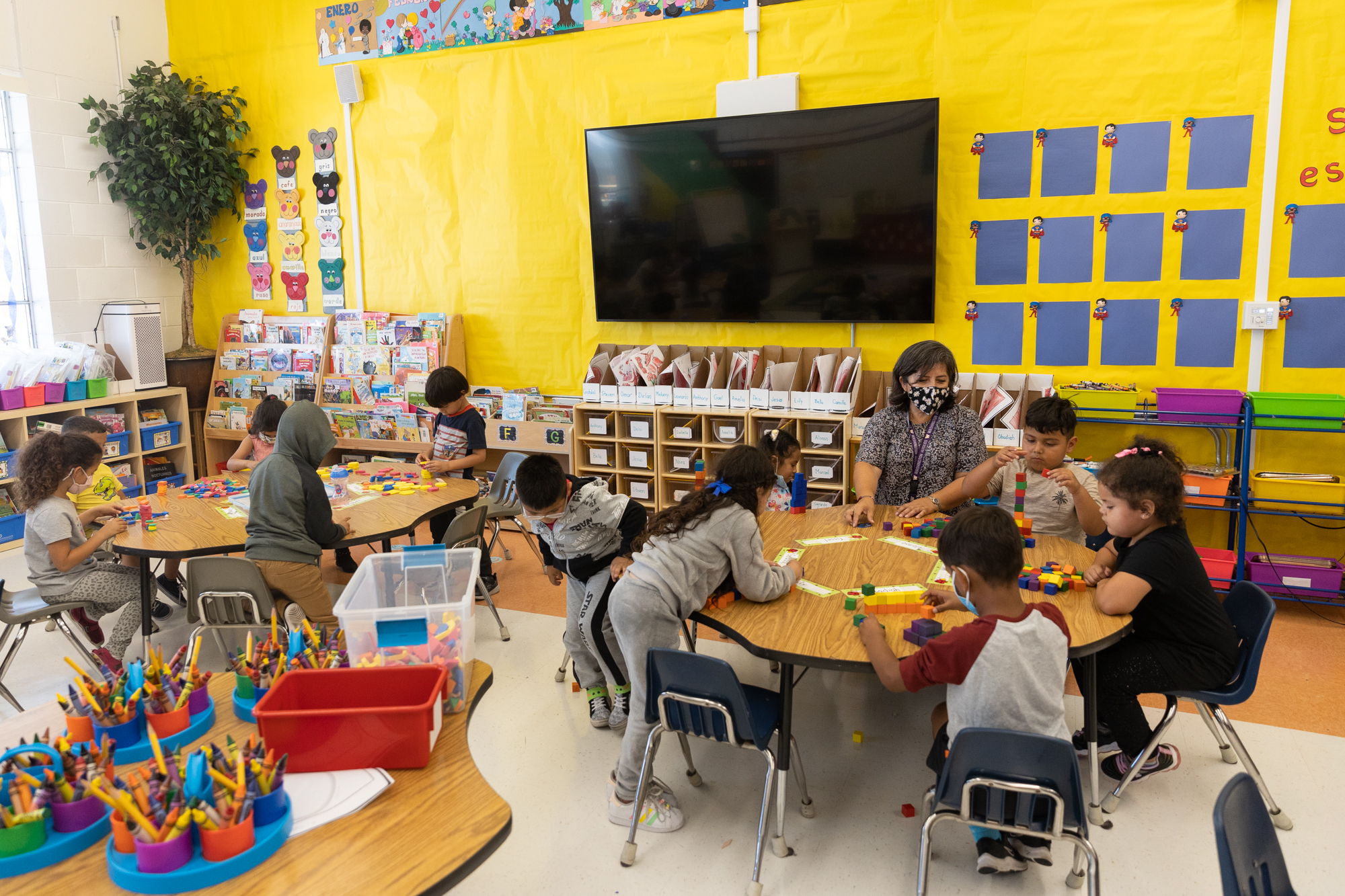
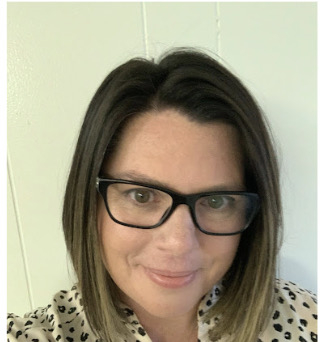
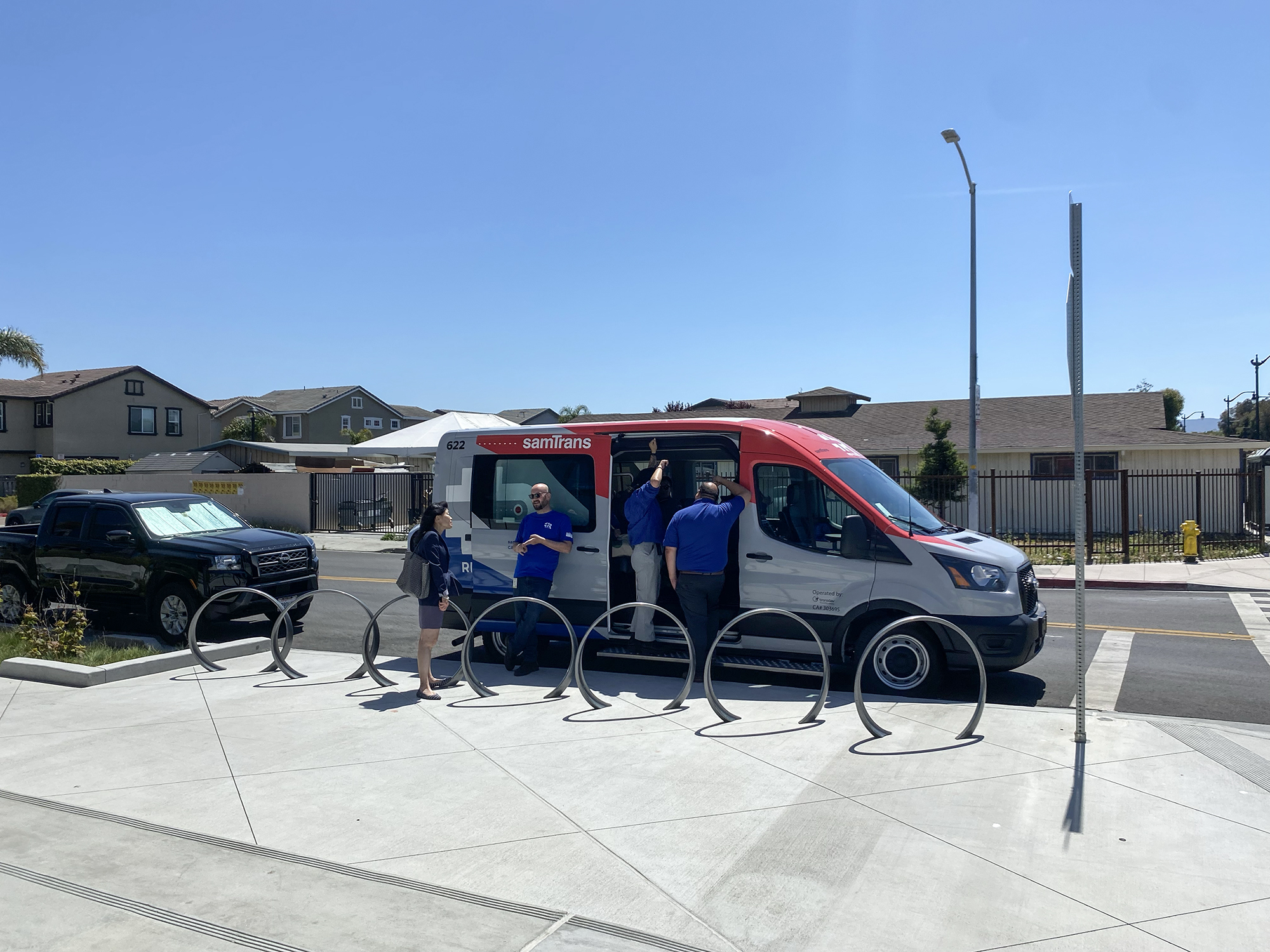

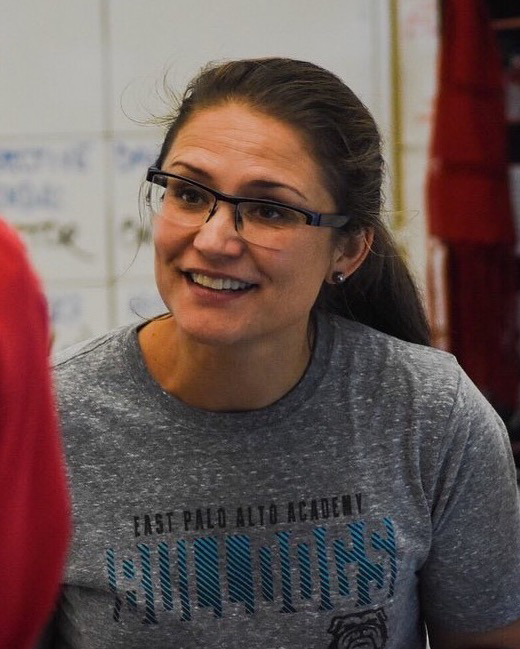
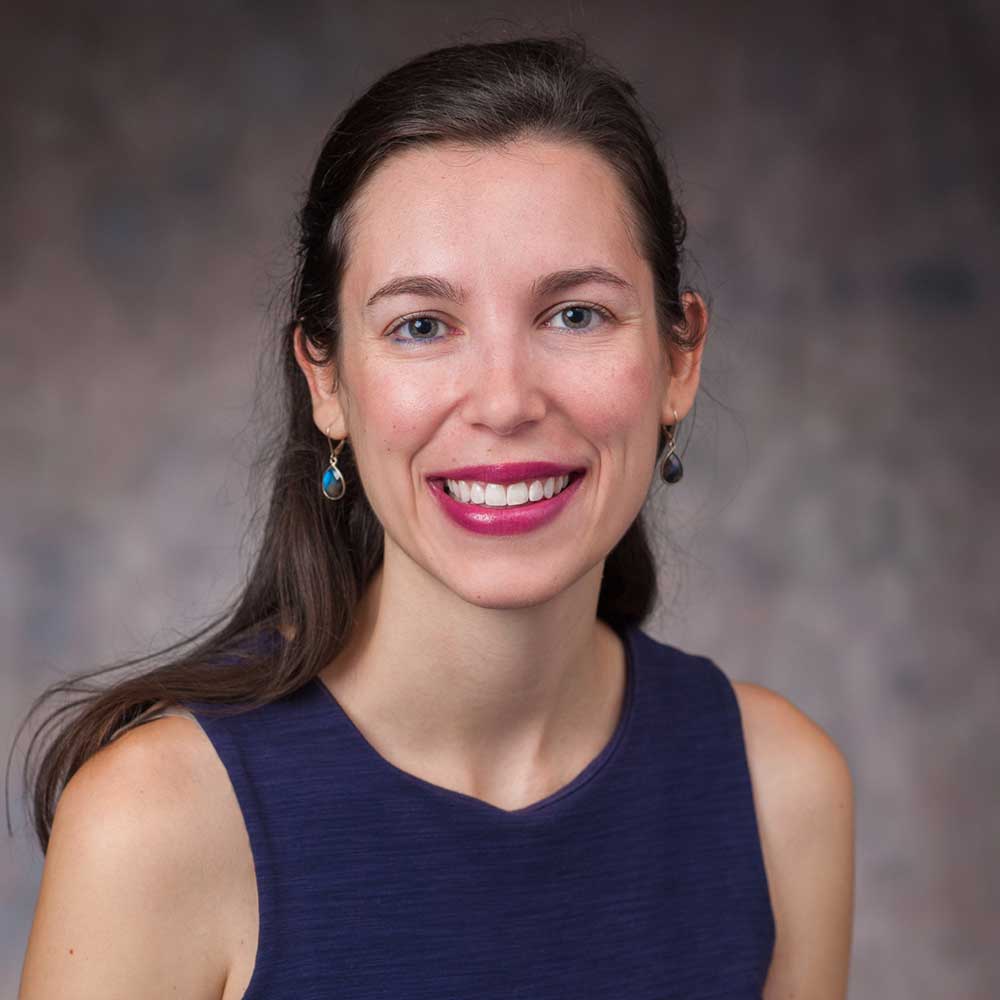
Comments